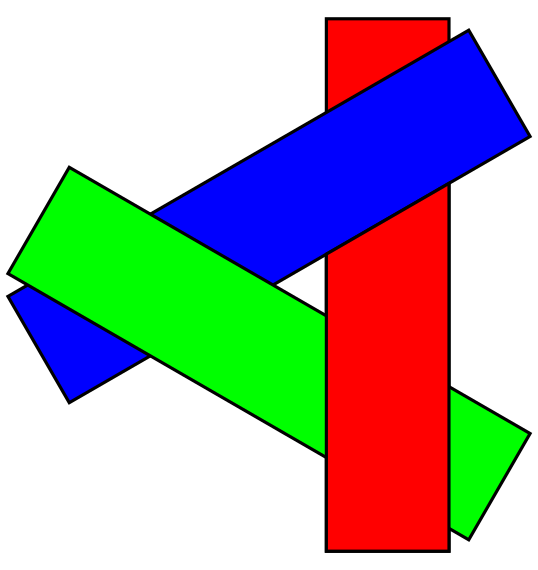Udacity: Interactive 3D Rendering
Core Ideas
- Refresh Rate, Frames Per Second(FPS), and CPU Cycles.
- Human Eyes captures light, but it’s the brain’s interpretation/compensation that matters.
- Rotates the image to “correct side up”.
- Fill in the blind spot with surrounding environments.
- Adjust light: Checker shadow illusion
- Pinhole Camera: captures image up-side-down.
- 3D Scene: Objects(3D Geometry & Material) + Lights + Camera
Go explore Michael Bach’s collection on optical illusions.
Computer Graphics
Too expensive to track photons directly(reflecting, etc.), computers render images by making simplied assumptions:
- Only photons that reach the cemera need to be considered.
- Reverse the process: start from the camera.
The teapot is one the most iconic models used in computer graphics.
GPU: Graphic Processing Unit -> A Jog Down the Pipeline
- Application sends Triangles.
- Camera & Model Transformation:
- Move the object to its next location.
- The object is within the view frastum?
- Compute the location of the triangle on the screen.
- Rasterization.
What if two triangles end up on the same location on screen? Painter’s Algorithm: Paint object one by one starting from the furthest to the closest. However, Painter’s Algorithm can’t properly render the following image.

Z-Buffer: Z-Depth, the distance of the object to the camera, usually a float number from 0 to 1.